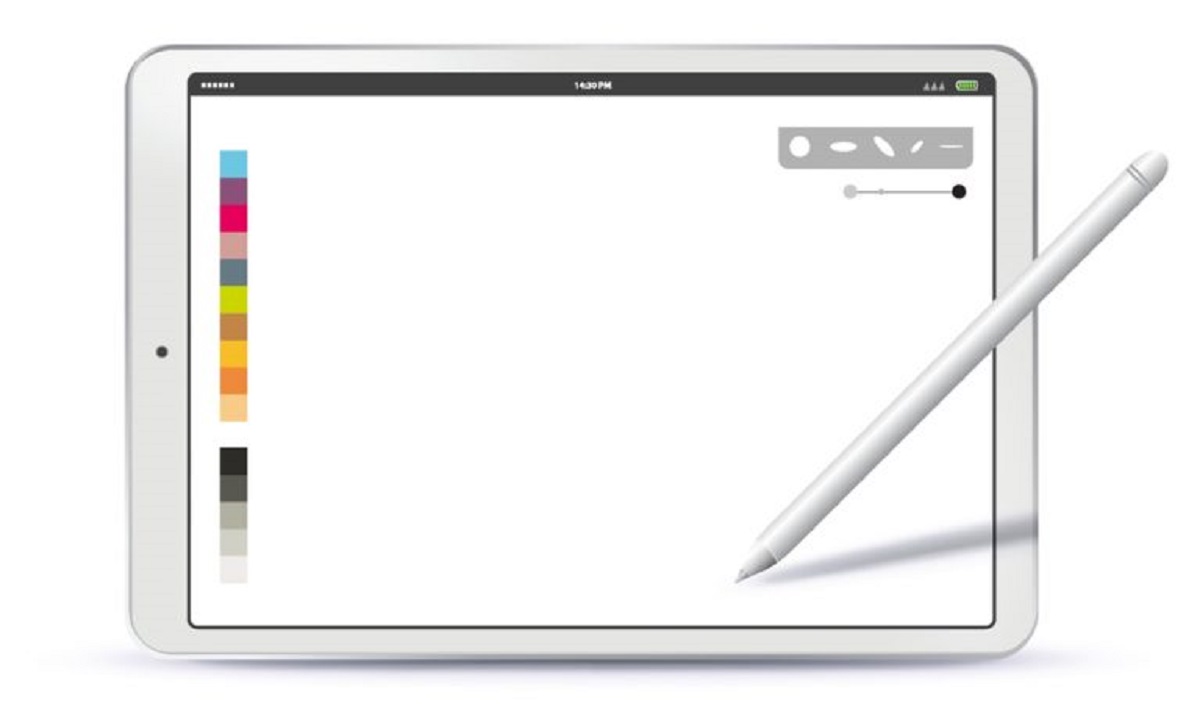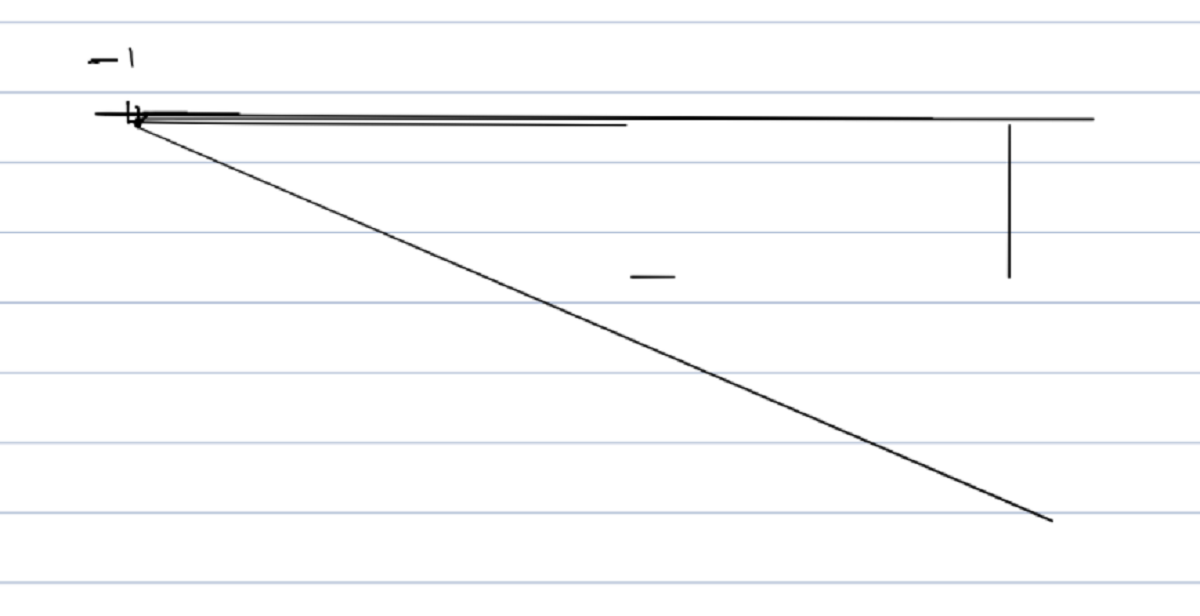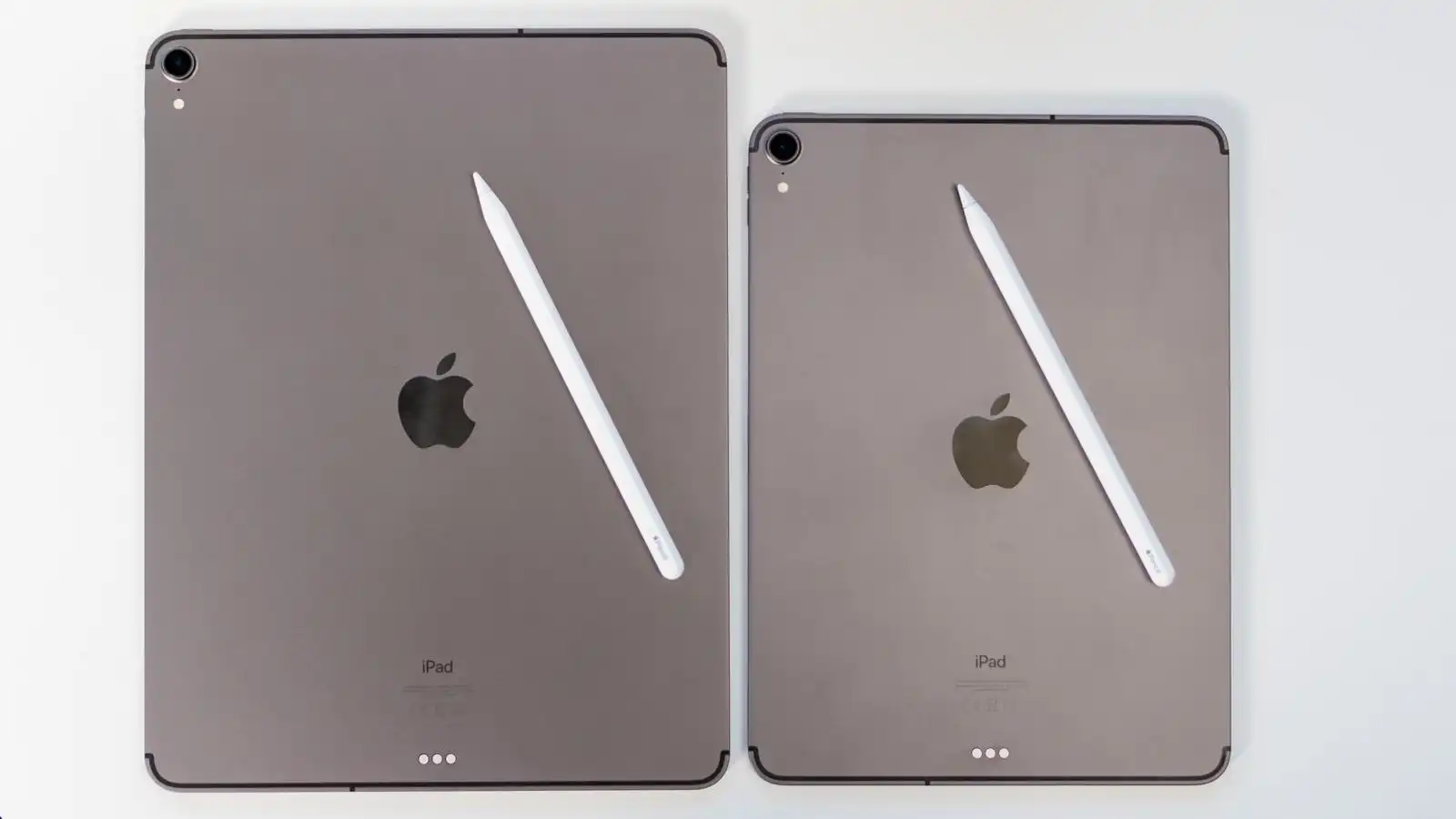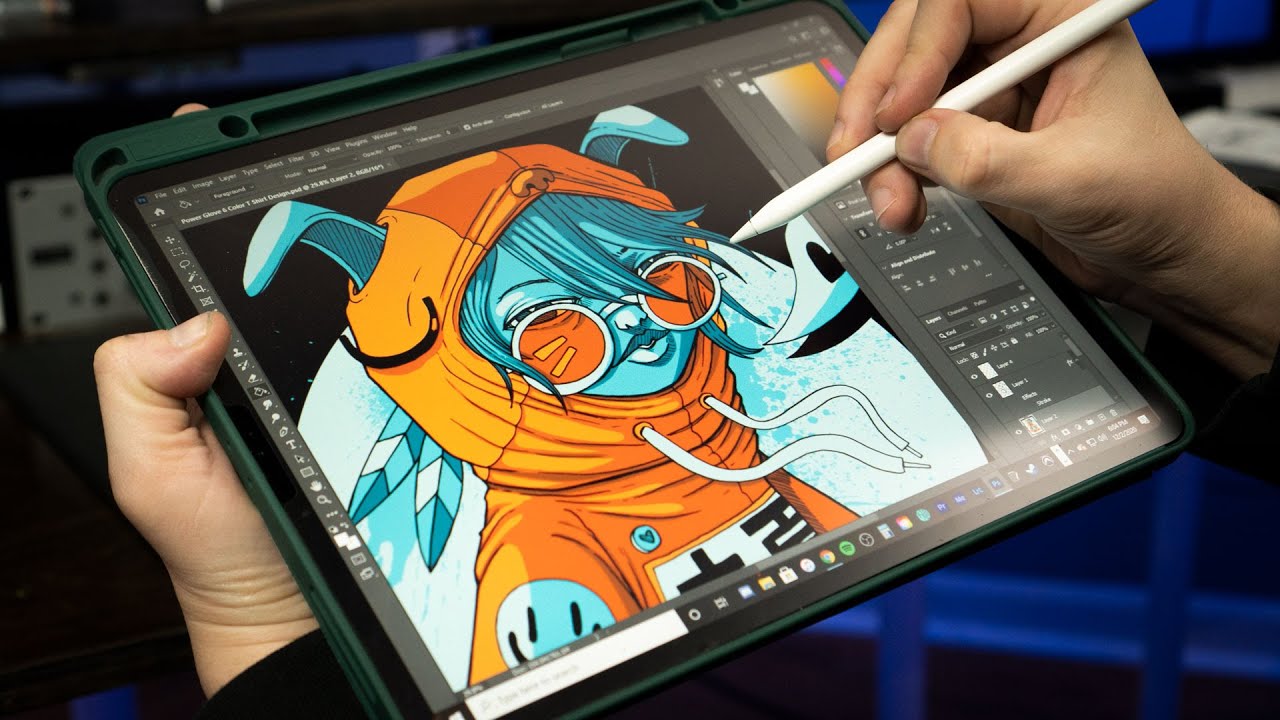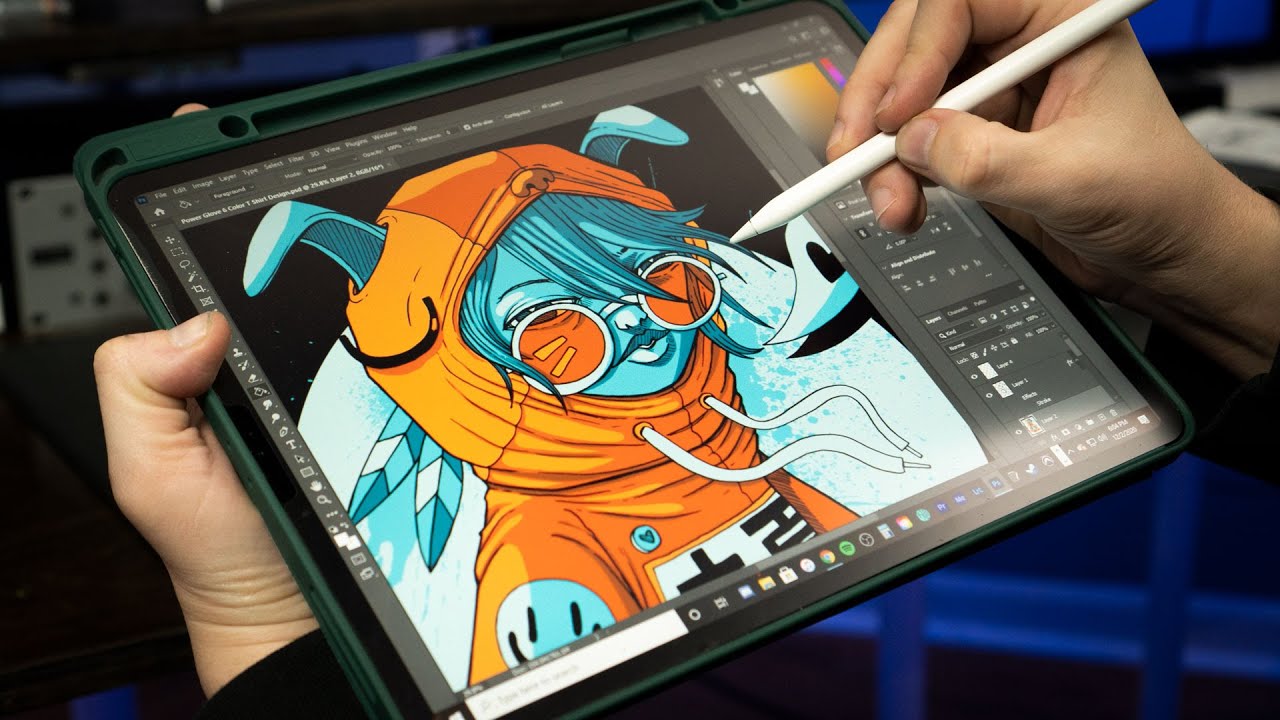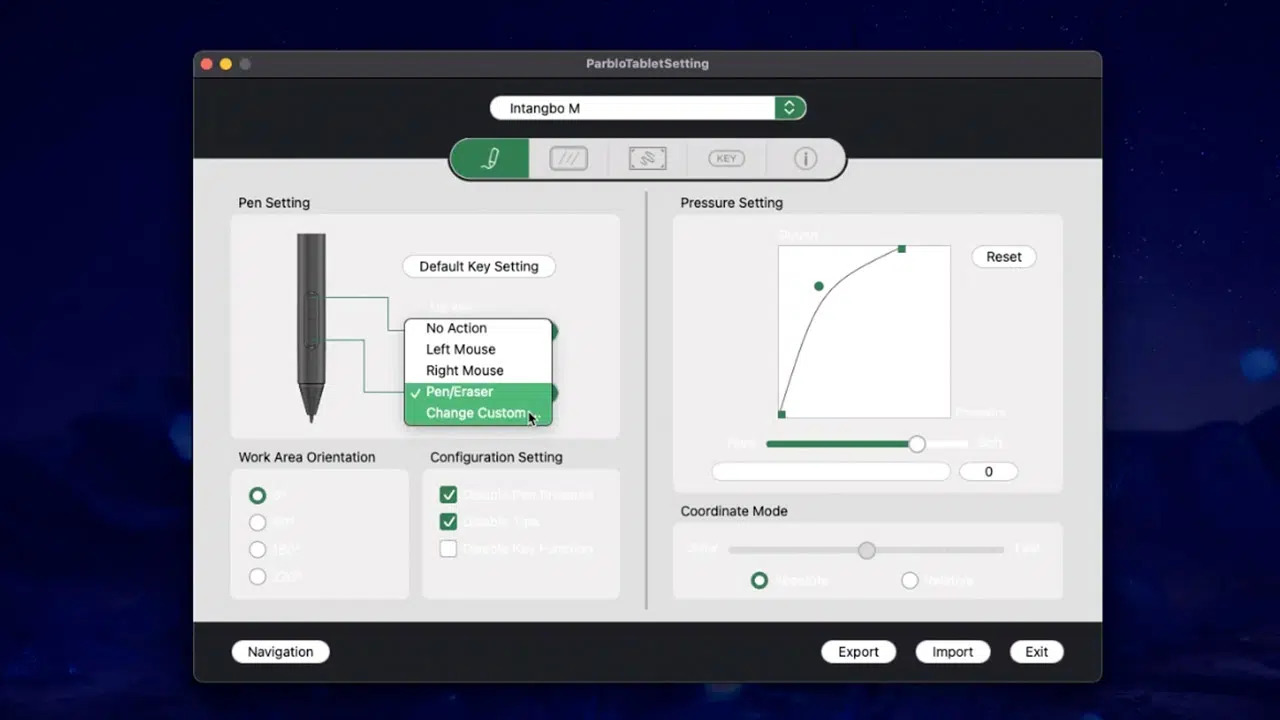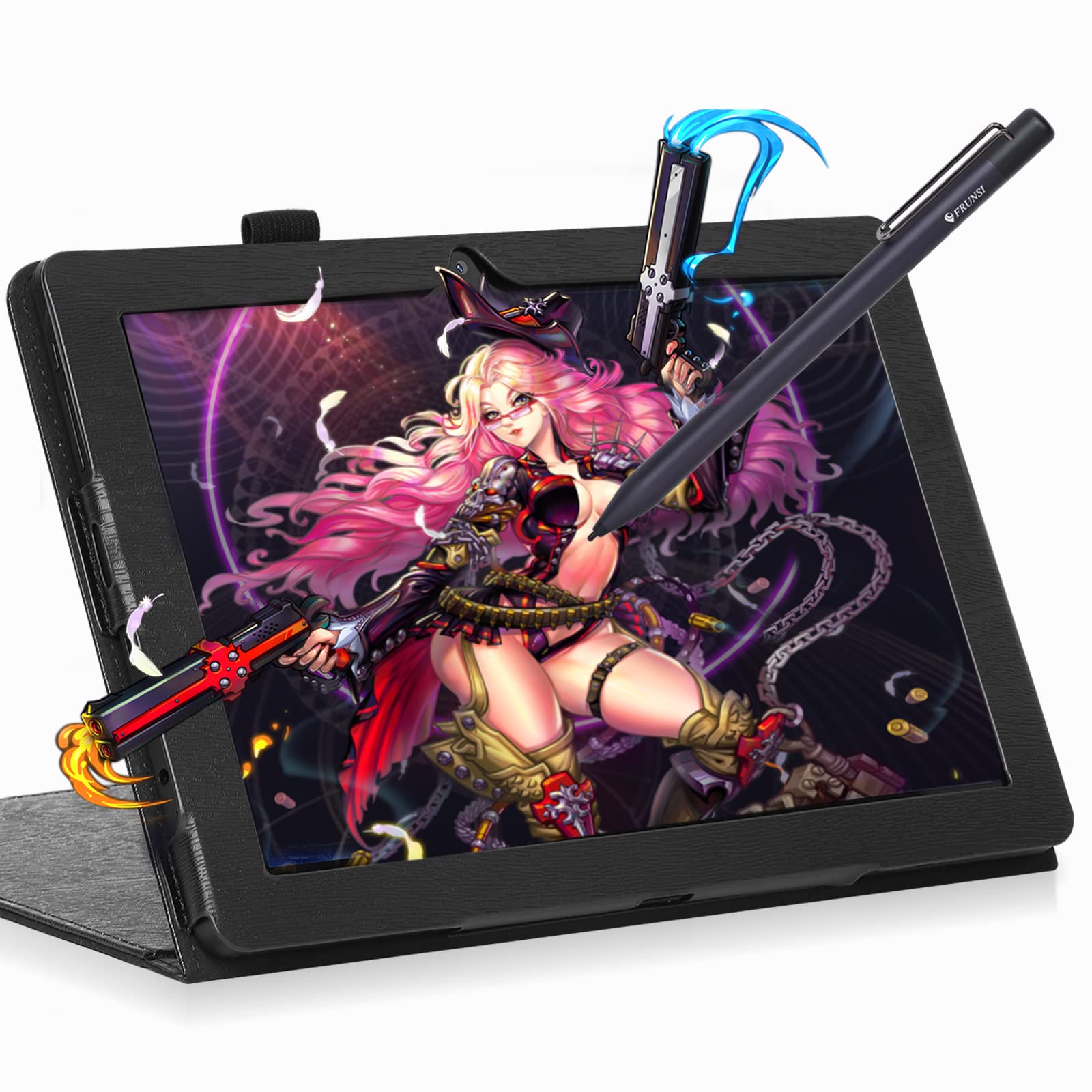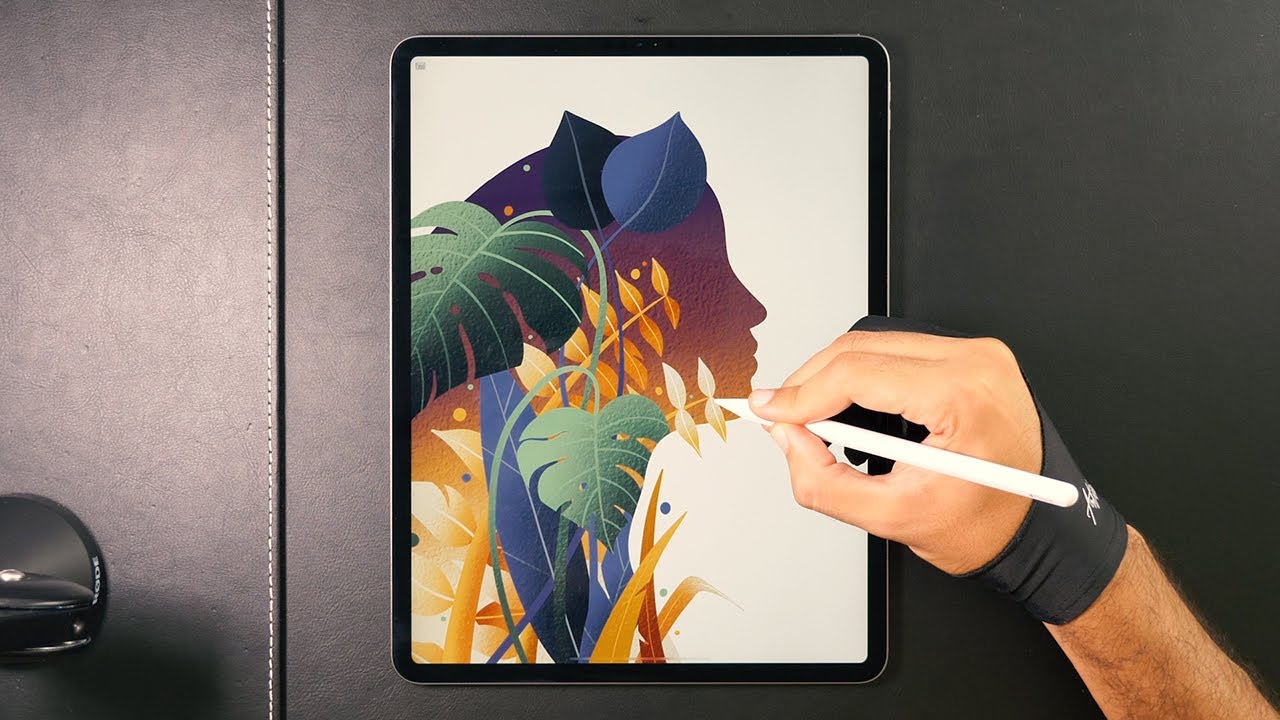Introduction
Welcome to this guide on how to calibrate your Apple Pencil. If you’re experiencing issues with the sensitivity or accuracy of your Apple Pencil, a calibration might be just what you need to restore its optimal performance. Whether you’re an artist, designer, or simply use your Apple Pencil for note-taking, calibrating it can make a significant difference in how it interacts with your iPad.
The Apple Pencil is a remarkable tool that offers precision and responsiveness, allowing users to create and navigate seamlessly on their iPad screens. However, with prolonged use or software updates, you may find that the Apple Pencil isn’t performing as well as it used to. That’s where calibration comes in.
Calibrating your Apple Pencil not only fine-tunes its responsiveness but also ensures that it accurately captures your movements and touch gestures. This can greatly enhance your drawing experience, making it more natural and intuitive.
In this guide, we will walk you through the step-by-step process of calibrating your Apple Pencil. We’ll cover everything from checking for updates to troubleshooting common issues. So, let’s dive in and get your Apple Pencil calibrated to perfection!
Step 1: Check for Updates
Before diving into the calibration process, it’s essential to ensure that both your iPad and Apple Pencil are up to date with the latest software. Apple frequently releases updates that include bug fixes and optimizations, which can have a positive impact on the overall performance of your devices.
To check for updates on your iPad, follow these steps:
- Open the Settings app on your iPad.
- Scroll down and tap on “General”.
- Select “Software Update”.
- If an update is available, tap “Download and Install”.
- Follow the on-screen instructions to complete the update.
It’s equally important to ensure that your Apple Pencil is updated. Here’s how:
- Detach your Apple Pencil from your iPad.
- Plug in your Apple Pencil to the charging port of your iPad.
- Wait for the update prompt to appear on your iPad screen.
- Follow the on-screen instructions to update your Apple Pencil.
- Once the update is complete, disconnect your Apple Pencil from the charging port.
Remember, keeping your devices updated not only improves their performance but also eliminates any possible software-related issues that may affect the calibration process. With the latest updates installed, you can proceed with confidence to the next step of calibrating your Apple Pencil.
Step 2: Prepare Your Apple Pencil
Before starting the calibration process, it’s important to prepare your Apple Pencil to ensure a smooth and successful calibration. Here’s what you need to do:
- Ensure that your Apple Pencil is fully charged. Connect it to the Lightning connector on your iPad or use the provided adapter and a USB power source to charge it. A fully charged Apple Pencil will ensure that the calibration process is accurate.
- If you have a protective case or cover on your iPad, remove it. The case may interfere with the calibration process or prevent the Apple Pencil from connecting properly to your iPad.
- Check the tip of your Apple Pencil for any visible damage or wear. If you notice any issues with the tip, such as fraying or flattening, it may affect the calibration process. Consider replacing the tip if necessary.
- Clean the tip of your Apple Pencil. Use a soft, lint-free cloth or a screen cleaning solution to gently wipe away any dirt, debris, or fingerprints. A clean tip will ensure accurate tracking and responsiveness during the calibration.
By preparing your Apple Pencil in advance, you can ensure that it’s in optimal condition for calibration. A fully charged and well-maintained Apple Pencil will yield the best results during the calibration process.
Step 3: Connect Apple Pencil to iPad
Now that your Apple Pencil is prepared, it’s time to connect it to your iPad. The connection process is straightforward and only takes a few simple steps:
- Remove the cap from the end of your Apple Pencil to reveal the Lightning connector.
- Locate the Lightning port on your iPad. Depending on the iPad model, the port may be located on the bottom or side of the device.
- Gently insert the Lightning connector of your Apple Pencil into the Lightning port on your iPad. Ensure a secure connection.
- If this is the first time you’re connecting the Apple Pencil to your iPad, you may be prompted to pair the devices. Follow the on-screen instructions to complete the pairing process.
Once connected, your iPad will recognize the Apple Pencil, and you can start using it for various tasks, including the calibration process.
Note: If you’re using an iPad Pro 2018 model or later, the Apple Pencil attaches magnetically to the side of the iPad. Simply align the flat side of the pencil with the magnetic area on the iPad’s edge, and it will securely attach. This is a convenient way to charge the Apple Pencil wirelessly and always have it readily available for use.
With your Apple Pencil successfully connected to your iPad, you’re now ready to proceed to the next step of calibrating it for optimal performance.
Step 4: Calibrate Apple Pencil
Now comes the exciting part – calibrating your Apple Pencil. This step will allow you to fine-tune the sensitivity and accuracy of your device for a more precise drawing or writing experience. Follow these steps to calibrate your Apple Pencil:
- Open any drawing or note-taking app on your iPad that supports Apple Pencil input. For example, you can use the Notes app or any third-party app like Procreate or Notability.
- Create a new document or open an existing one where you can draw or write comfortably.
- Hold your Apple Pencil in a natural grip and position your hand comfortably on the iPad screen.
- Place the tip of your Apple Pencil on the screen and apply light pressure to start drawing a few strokes or writing a sentence.
- Observe how the strokes or writing appear on the screen. If you find that the lines are too thick or too thin, or there is a noticeable lag, you may need to adjust the calibration settings.
- Access the settings within your drawing or note-taking app to find the calibration or pencil settings. The location may vary depending on the app you’re using.
- Look for options to adjust the sensitivity, pressure, or line thickness. Experiment with different settings to find the combination that works best for you.
- Make gradual adjustments and test the results by drawing or writing on the screen. Repeat this process until you’re satisfied with the performance and appearance of your strokes or writing.
- Once you’ve found the ideal calibration settings, save the changes and exit the settings menu.
Remember, the calibration settings may vary depending on the app you’re using. Some apps may provide more advanced options for customization, allowing you to fine-tune the Apple Pencil’s behavior to your liking. Take some time to explore the available settings and experiment with different configurations to achieve the desired results.
Now that you’ve successfully calibrated your Apple Pencil, let’s move on to the next step to ensure everything is working as expected.
Step 5: Test and Adjust Sensitivity
After calibrating your Apple Pencil, it’s crucial to test its sensitivity and make any additional adjustments to ensure optimal performance. Testing the sensitivity will allow you to verify that the pencil responds accurately to your touch gestures. Follow these steps to test and adjust the sensitivity:
- Open a drawing or note-taking app on your iPad that supports Apple Pencil input.
- Create a new document or open an existing one where you can draw or write.
- With your Apple Pencil, perform various touch gestures such as drawing lines of different lengths and thicknesses, shading, and using different pressure levels to evaluate the response.
- Pay attention to any issues like lag, inaccuracies, or inconsistencies in the pencil’s sensitivity.
- If you notice any issues, return to the app’s settings or pencil settings section.
- Adjust the sensitivity or pressure settings to fine-tune the Apple Pencil’s response to your preference.
- Repeat the test by performing touch gestures and assessing how the pencil responds. Continue making small adjustments until you achieve the desired sensitivity.
- Once you are satisfied with the sensitivity, save the changes and exit the settings menu.
Testing and adjusting the sensitivity of your Apple Pencil is crucial to ensure a smooth and precise drawing experience. Fine-tuning the settings will help you achieve the desired level of responsiveness and control, allowing you to create artwork or take notes with ease.
Remember that sensitivity preferences can vary from person to person, so spend some time experimenting with different settings to find what suits your style and needs best. By customizing the sensitivity, you can maximize the potential of your Apple Pencil and enhance your overall creative workflow.
Now that you have tested and adjusted the sensitivity of your Apple Pencil, let’s move on to the final step and explore some additional tips and troubleshooting methods.
Step 6: Additional Tips and Troubleshooting
Congratulations on successfully calibrating your Apple Pencil! To wrap up, let’s explore some additional tips and troubleshooting methods to maximize your Apple Pencil experience:
- Keep your Apple Pencil and iPad clean: Regularly clean the tip of your Apple Pencil and the screen of your iPad to maintain optimal performance. Use a soft, lint-free cloth or a screen cleaning solution to wipe away fingerprints, smudges, or debris.
- Use a screen protector: Consider using a screen protector specifically designed for Apple Pencil compatibility. These protectors provide a smooth surface for the Apple Pencil to glide on and minimize friction, enhancing the overall drawing experience.
- Replace the tip if necessary: Over time, the tip of your Apple Pencil may wear out or become damaged. If you notice any issues with the tip’s performance, such as reduced sensitivity or rough strokes, consider replacing it with a new tip.
- Restart your iPad: If you encounter any connectivity or performance issues with your Apple Pencil, try restarting your iPad. This can help resolve temporary software glitches or conflicts that may affect the functionality of the Apple Pencil.
- Check for app updates: Ensure that the drawing or note-taking apps you use with your Apple Pencil are up to date. Developers frequently release updates to improve compatibility and performance with the Apple Pencil.
- Contact Apple Support: If you’ve tried all the troubleshooting steps and continue to experience persistent issues with your Apple Pencil, consider reaching out to Apple Support for further assistance. They can provide you with personalized guidance and solutions to resolve complex problems.
By following these additional tips and troubleshooting methods, you can maintain the longevity and performance of your Apple Pencil and overcome any potential obstacles that may arise.
Now that you’re equipped with the knowledge and tools to calibrate and optimize your Apple Pencil, you can fully immerse yourself in a seamless and precise creative experience. Unleash your creativity and enjoy the endless possibilities that your calibrated Apple Pencil brings!
Conclusion
Calibrating your Apple Pencil is a simple and effective way to enhance its performance and optimize your drawing or writing experience on your iPad. By following the step-by-step instructions in this guide, you’ve learned how to check for updates, prepare your Apple Pencil, connect it to your iPad, calibrate its settings, test and adjust sensitivity, and troubleshoot any potential issues.
With a properly calibrated Apple Pencil, you can enjoy precise and accurate strokes, improved responsiveness, and a more natural drawing or note-taking experience. Whether you’re an artist, designer, or a student, the calibrated Apple Pencil will unlock new possibilities and help you unleash your creativity on your iPad.
Remember to keep your Apple Pencil and iPad clean, use a screen protector for a smoother experience, and replace the tip if necessary to maintain optimal performance. If you encounter any issues, don’t hesitate to restart your iPad or seek assistance from Apple Support.
Now that you’re equipped with the knowledge and tools to calibrate your Apple Pencil, go ahead and put it to use in your favorite drawing or note-taking app. Explore different settings, experiment with various brush strokes, and let your creativity flow.
Enjoy the seamless and precise experience that your calibrated Apple Pencil brings, and have fun creating amazing works of art or capturing your thoughts with ease on your iPad!







